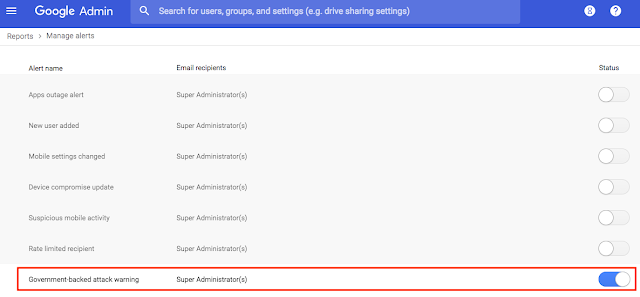Over the next few months, we’ll completely replace old Google Contacts with new Google Contacts (also known as Contacts preview).
We launched new Contacts in 2015 to provide a modern, smart, and quick contact management experience. We’ve added many features since then and, with the
recent launch of contacts delegation, new Contacts now has many comparable features from old Contacts, and more.
As a result, new Contacts will replace the older version, and it will be the only Google Contacts version after February 12, 2019. The replacement process will take place in three stages:
Stage 1: New admin-controlled defaults and user optionsOn November 28, 2018, we’ll change the Admin console setting that controls new Contacts. Currently, there’s a checkbox to
enable new Contacts for your users. If you enable it, your users are moved to new Contacts but can opt out. On November 28, this setting will change to formally define a default version of Contacts for your organization. Your current setting will determine the impact of this change:
- If you currently have new Contacts preview enabled, new Contacts will be the default and there will be no change for your users. Your users will stay using new Contacts with the option to revert back to old Contacts. If they previously opted out of new Contacts preview, they’ll remain opted out until stage 2 (see below).
- If you don’t currently have new Contacts preview enabled, old Contacts will be the default but users will get a new option to try new Contacts. None of your users will be automatically upgraded to new Contacts, but all users will be able to opt in to new Contacts individually if they choose.
You can find and change the setting in the Admin console at
Apps > G Suite > Directory > Sharing settings > Contacts Preview.
The setting to control new Contacts preview in the Admin console
Stage 2: All users upgraded to new Contacts, with the option to opt outOn January 15, 2019, new Contacts will automatically become the default version in your domain and we will remove the Admin console setting. When this happens, all users still using old Contacts will be moved to new Contacts. You won’t be able to change this for your organization, but individual users will still be able to revert back to old Contacts if they want until stage 3 (see below).
Stage 3: All users upgraded to new Contacts, old Contacts turned offOn February 12, 2019, old Contacts will be turned off completely, and any remaining users will be moved to new Contacts. There will be no option to use the old version.
Launch DetailsRelease track:All stages launching to both Rapid Release and Scheduled Release
Editions:Available to all G Suite editions
Rollout pace:Full rollout (1–3 days for feature visibility) for all stages
Impact:Admins and end users
Action:Admin action suggested/FYI
Launch release calendarLaunch detail categoriesGet these product update alerts by emailSubscribe to the RSS feed of these updates




